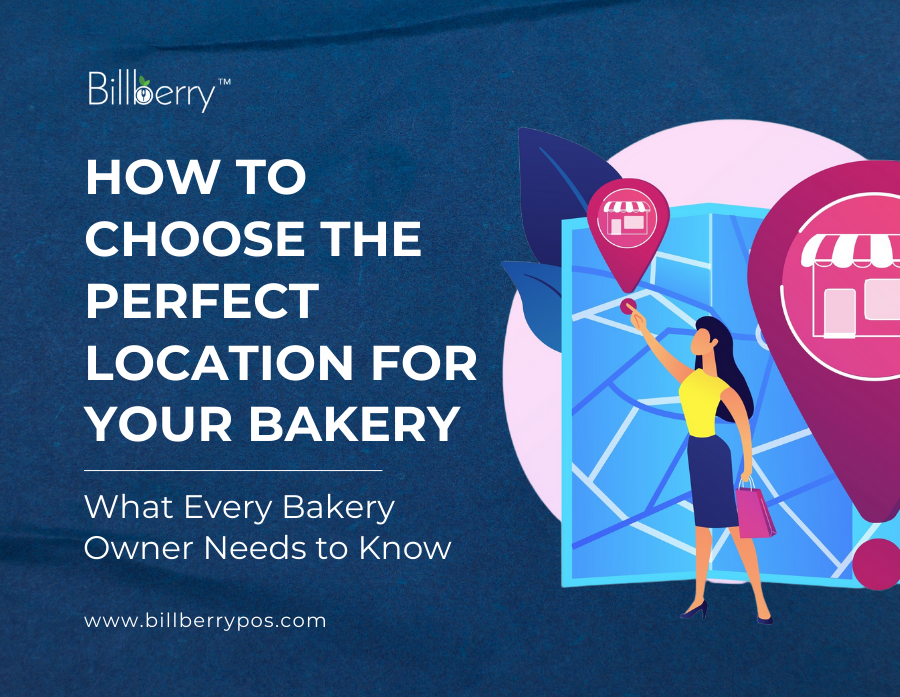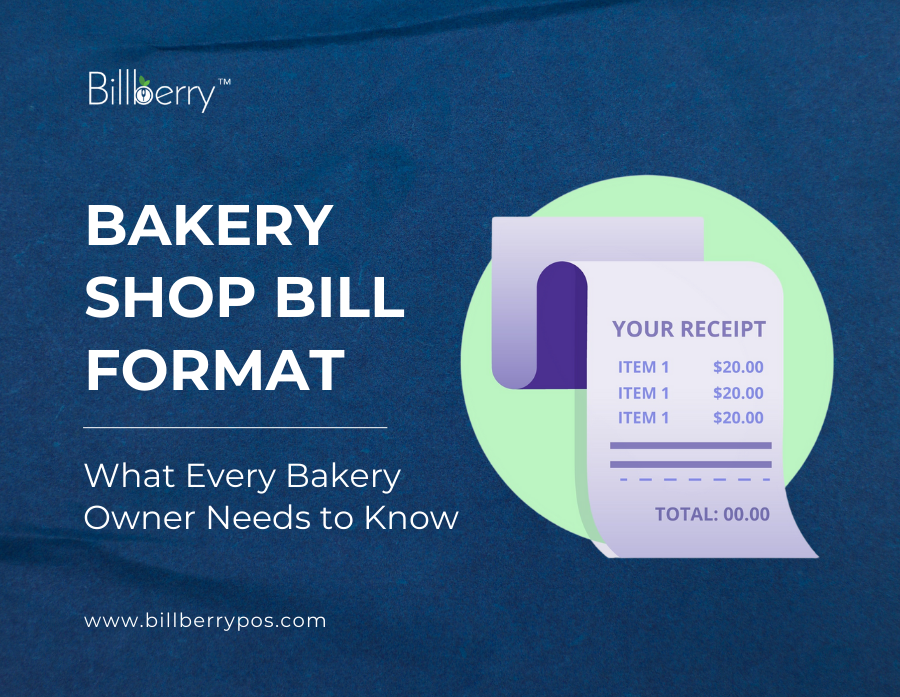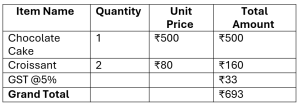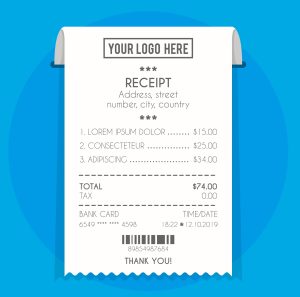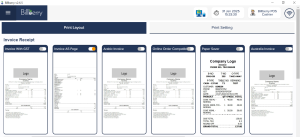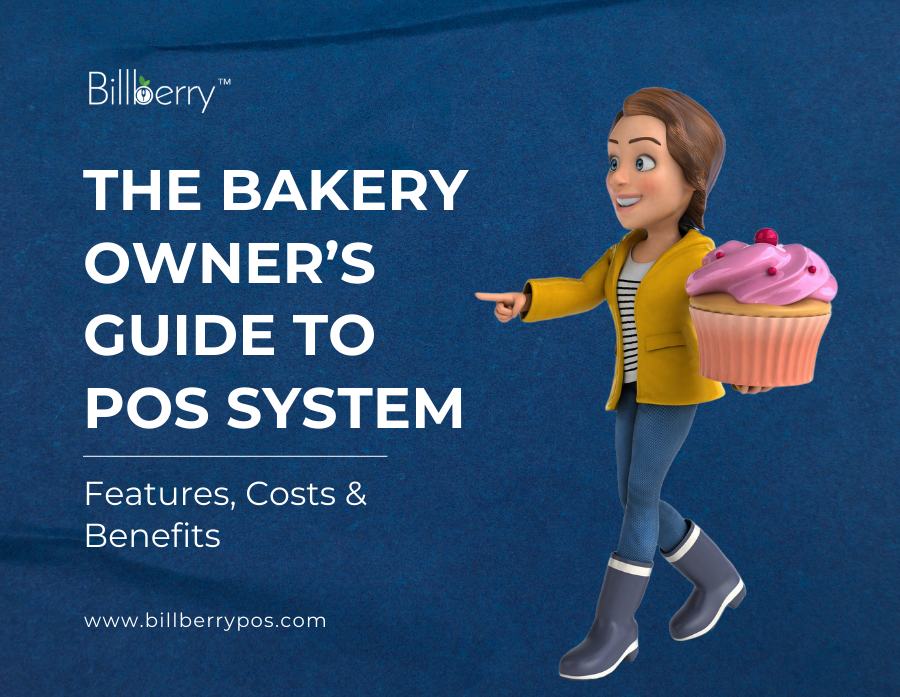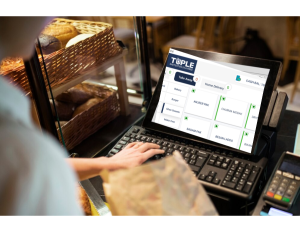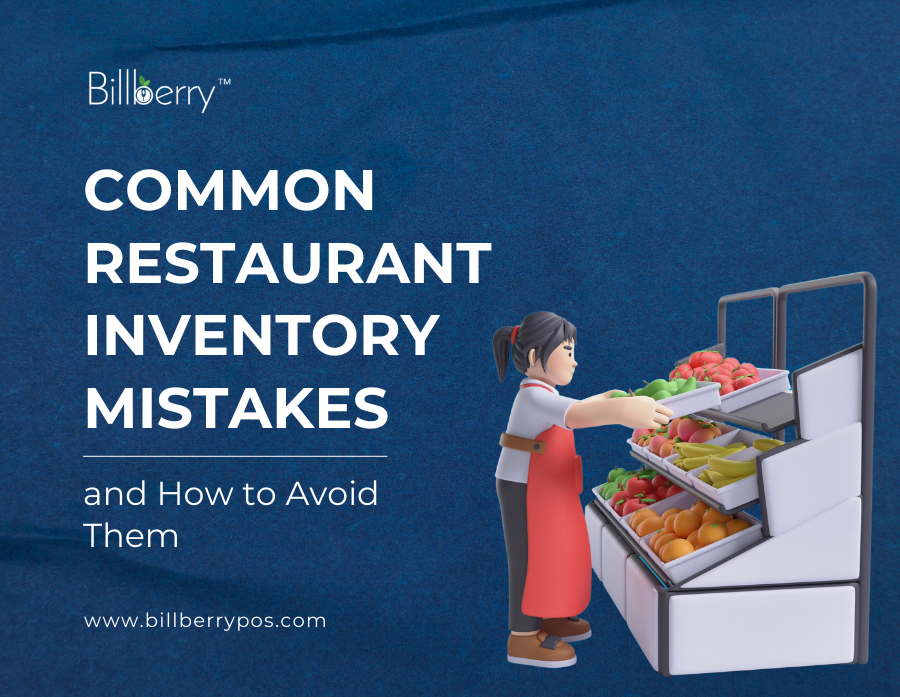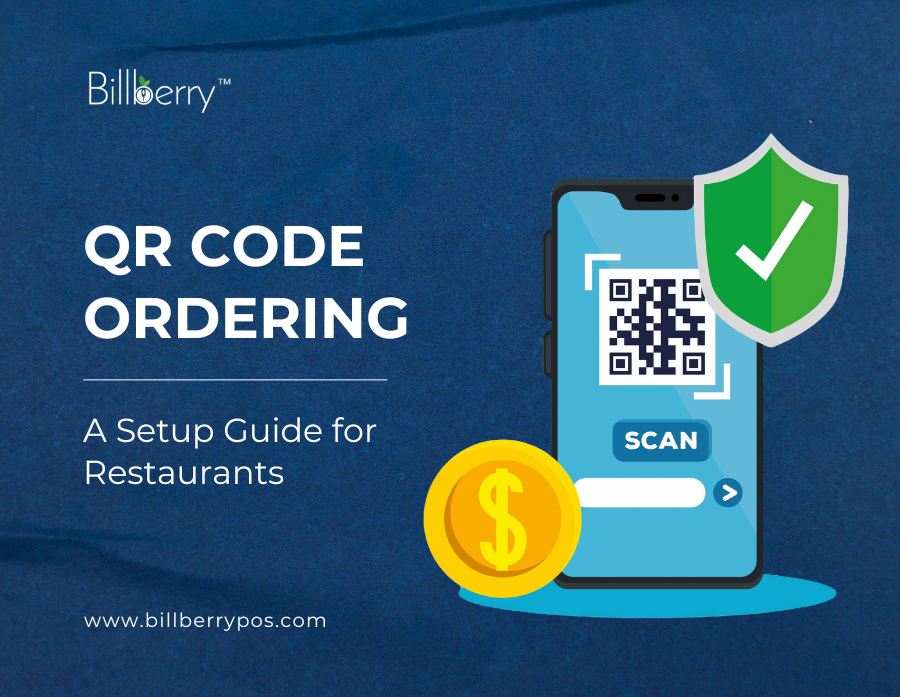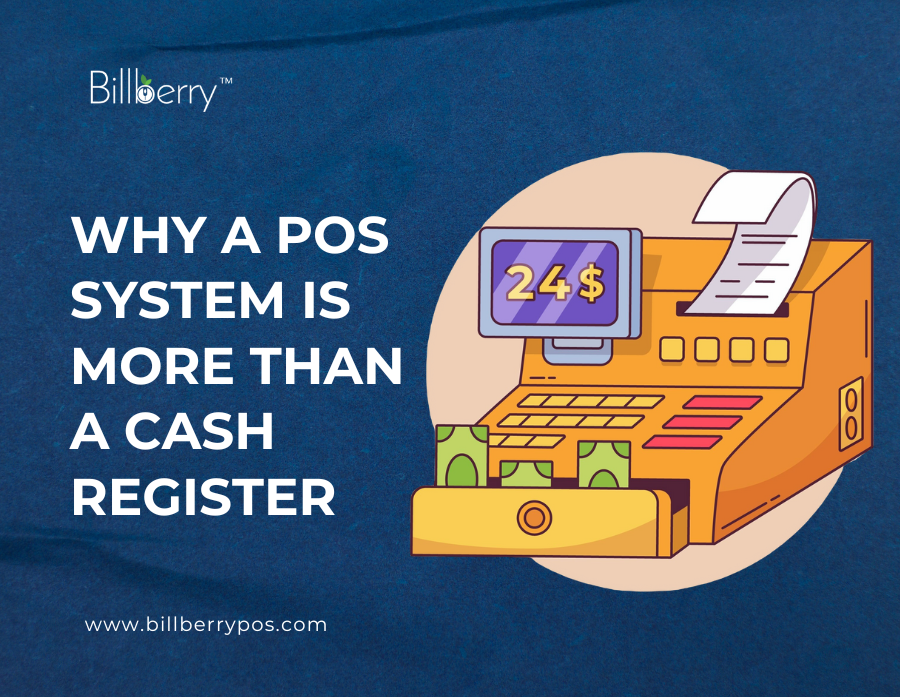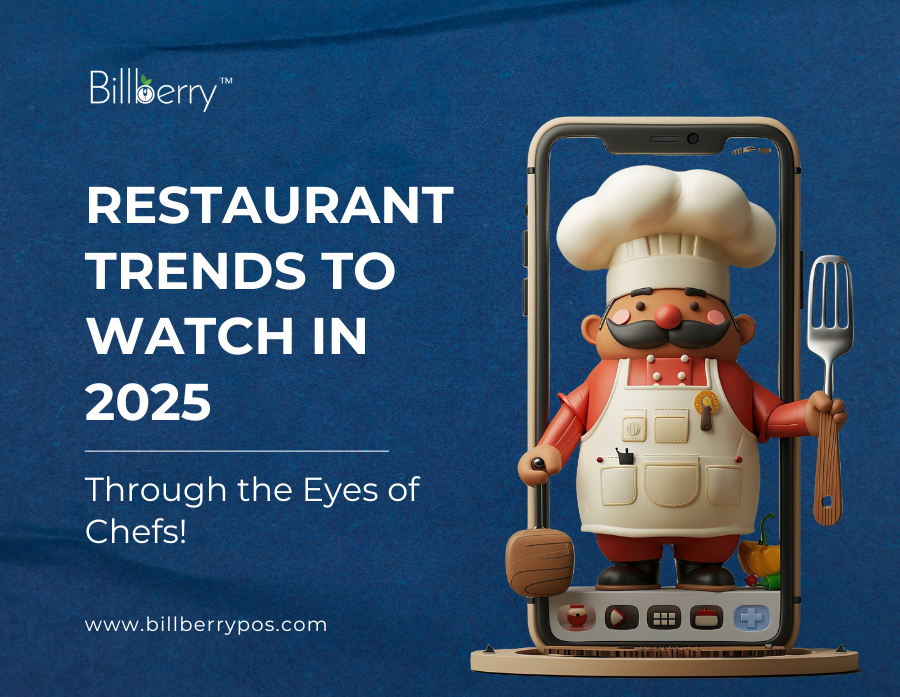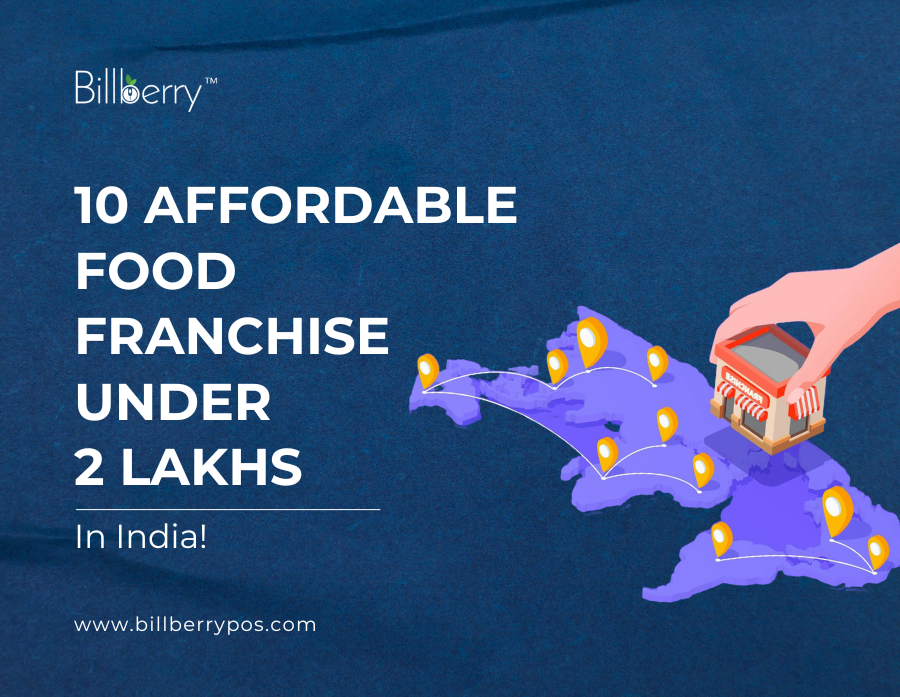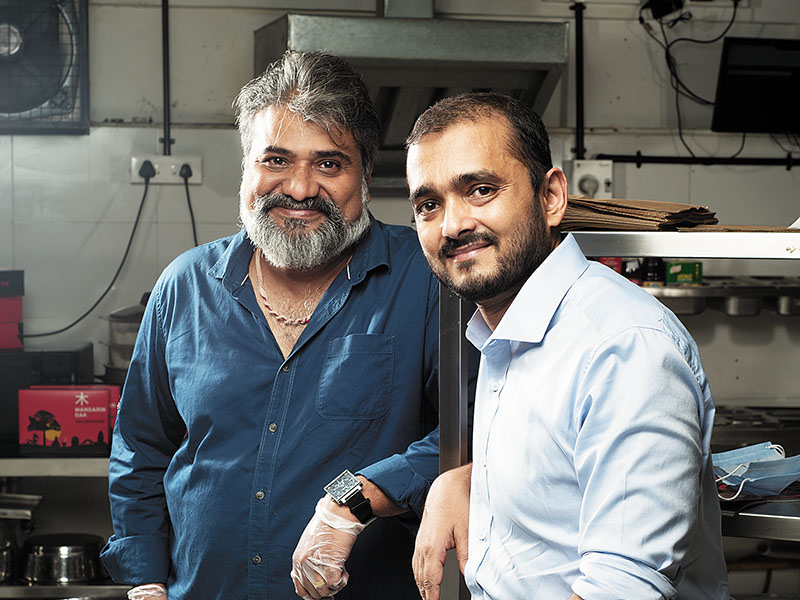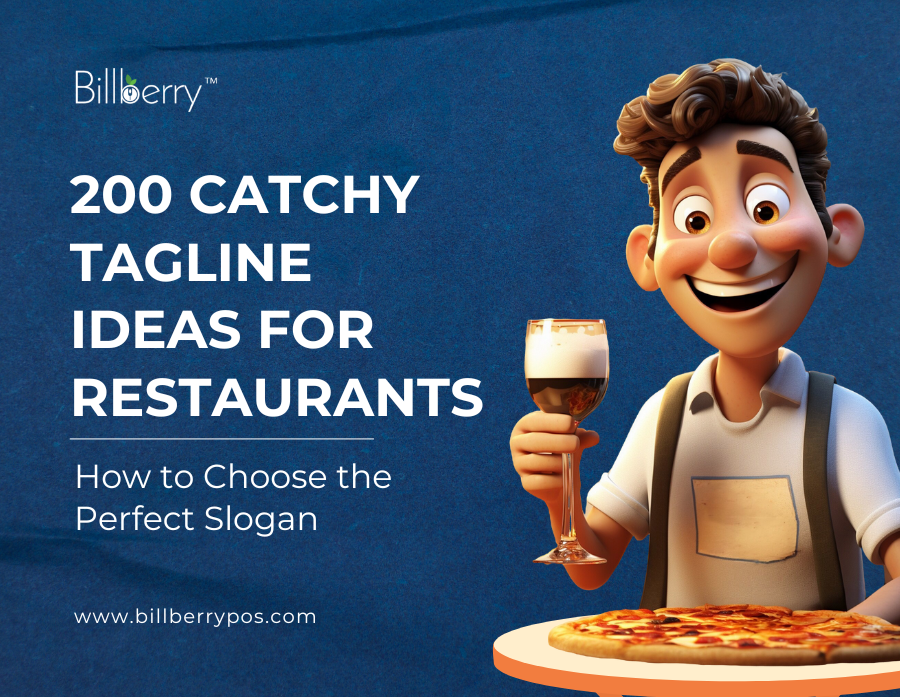Starting a bakery is exciting, but choosing the right location is the key to success. A good location can boost foot traffic, increase sales, and create a loyal customer base, while a poor location may lead to slow business despite having delicious products.
But how do you choose the perfect spot?
In this guide, we’ll cover:
✅ Key factors to consider when selecting a bakery location.
✅ How a Bakery POS System can help you analyze demand, footfall, and sales trends.
✅ Common mistakes to avoid when finalizing a bakery location.
Why Does Location Matter for a Bakery?
Your bakery’s success heavily depends on where you set up shop. The right location ensures:
✔ Higher Foot Traffic – More people passing by means more potential customers.
✔ Better Accessibility – If customers can reach you easily, they’ll visit frequently.
✔ More Profitability – A high-demand area generates higher sales and faster ROI.
✔ Customer Convenience – A bakery near schools, offices, or residential areas gets repeat business.
But finding the perfect location isn’t just about gut feeling—it requires market research and data-driven decisions.

10 Essential Tips for Choosing the Best Bakery Location
1️⃣ Target the Right Customer Base
Understanding your ideal customers is the first step in choosing a bakery location. Consider:
✔ Young Professionals? Set up near offices and commercial hubs.
✔ Families & Homemakers? Look for residential areas with steady footfall.
✔ Students? A spot near schools, colleges, or universities ensures daily business.
✔ Tourists? A prime location in a busy market or near attractions works best.
💡 How a Bakery POS Helps:
- Tracks customer preferences and purchase trends.
- Identifies peak hours and best-selling items based on location.
2️⃣ High Foot Traffic = Higher Sales
A location with consistent foot traffic is crucial. Areas that work best for bakeries include:
✔ Busy Streets & Main Roads – More visibility = more walk-ins.
✔ Shopping Malls & Markets – Customers looking for quick snacks and desserts.
✔ Near Cafés & Restaurants – People often grab a bakery item after a meal.
⚠ Avoid locations that are hidden, hard to access, or have low visibility.
💡 How a Bakery POS Helps:
- Tracks real-time sales and customer flow data to measure foot traffic effectiveness.
3️⃣ Check Competition in the Area
Before finalizing a location, analyze existing bakeries and competitors:
✔ Too many bakeries? The market may be oversaturated.
✔ No bakeries? Either a great opportunity or a sign of low demand.
💡 How a Bakery POS Helps:
- Analyzes sales trends to identify high-demand items in different areas.
- Helps with competitive pricing strategies based on market demand.
4️⃣ Affordability & Operating Costs
A great location comes at a price! Before committing to a spot, consider:
✔ Rent & Lease Costs – Can your expected revenue cover rent?
✔ Utility Costs – Water, electricity, and gas expenses vary by area.
✔ Taxes & Permits – Check local tax rates and business regulations.
💡 How a Bakery POS Helps:
- Tracks profit margins per location to ensure sustainability.
- Helps with sales forecasting to budget for rent and expenses.
Also Read: The Bakery Owner’s Guide to POS System: Features, Costs & Benefits
5️⃣ Accessibility & Parking Space
Your bakery should be easy for customers to reach. Consider:
✔ Is there parking nearby? Essential for customers who drive.
✔ Is the location pedestrian-friendly? More walk-ins = better sales.
✔ Is public transport available? Ideal for urban areas.
⚠ A location that’s hard to access will lose customers, no matter how good your products are!
💡 How a Bakery POS Helps:
- Tracks customer frequency and sales volume in different areas to gauge accessibility impact.
6️⃣ Proximity to Suppliers & Delivery Services
Running out of ingredients during peak hours is every bakery owner’s nightmare. Choose a location:
✔ Close to wholesale markets or ingredient suppliers for easy restocking.
✔ Accessible for delivery services if you plan to offer online orders.
💡 How a Bakery POS Helps:
- Manages real-time inventory tracking to prevent stock shortages.
- Helps with supplier coordination through central kitchen management.
7️⃣ Space for Kitchen & Seating
Your bakery layout depends on whether you:
✔ Only sell takeaway items – A small space works.
✔ Offer dine-in options – Need enough space for tables and customer comfort.
✔ Plan to expand – Choose a location that allows for future growth.
💡 How a Bakery POS Helps:
- Tracks dine-in vs. takeaway sales to optimize store layout.

8️⃣ Consider Peak Hours & Seasonal Demand
✔ Is the area busier in the morning or evening?
✔ Are sales higher on weekends or weekdays?
✔ Does foot traffic increase during festivals or holidays?
A Bakery POS System helps analyze:
- Peak sales hours and customer trends based on time of day.
- Seasonal demand shifts to adjust production accordingly.
Also Read: Bakery Shop Bill Format: What Every Bakery Owner Needs to Know
9️⃣ Local Business Regulations & Licensing
Before signing a lease, ensure the location meets:
✔ Zoning laws for food businesses
✔ Health & safety regulations
✔ Food licenses and fire safety approvals
Avoid locations where you might face legal hurdles in the future.
🔟 Ability to Handle Bulk & Advance Orders
A bakery near event halls, corporate offices, or wholesale buyers will get large bulk orders.
💡 How a Bakery POS Helps:
- Manages advance orders and custom bookings.
- Tracks inventory consumption to prevent running out of ingredients.
Common Mistakes to Avoid When Choosing a Bakery Location
🚫 Ignoring Customer Flow – A cheap location with no foot traffic is a bad investment.
🚫 Choosing Based on Rent Alone – Lower rent doesn’t always mean a better deal.
🚫 Skipping Market Research – Always analyze competition and demand.
🚫 Forgetting Expansion Plans – Choose a space that allows future growth.
Final Thoughts: Let Data Guide Your Decision
Selecting the best location for your bakery requires a balance of affordability, accessibility, and demand. Instead of relying on intuition alone, use data-driven insights to make informed decisions.
A Bakery POS System helps by:
✔ Tracking foot traffic & customer behavior.
✔ Analyzing sales reports & peak demand hours.
✔ Managing inventory & advance orders.
✔ Helping you choose the best-performing locations.
Ready to Set Up Your Bakery? Get a Smart POS System!
Want to streamline bakery operations and maximize sales? Discover how Billberry POS helps bakeries like yours manage sales, inventory, and customer orders efficiently!







